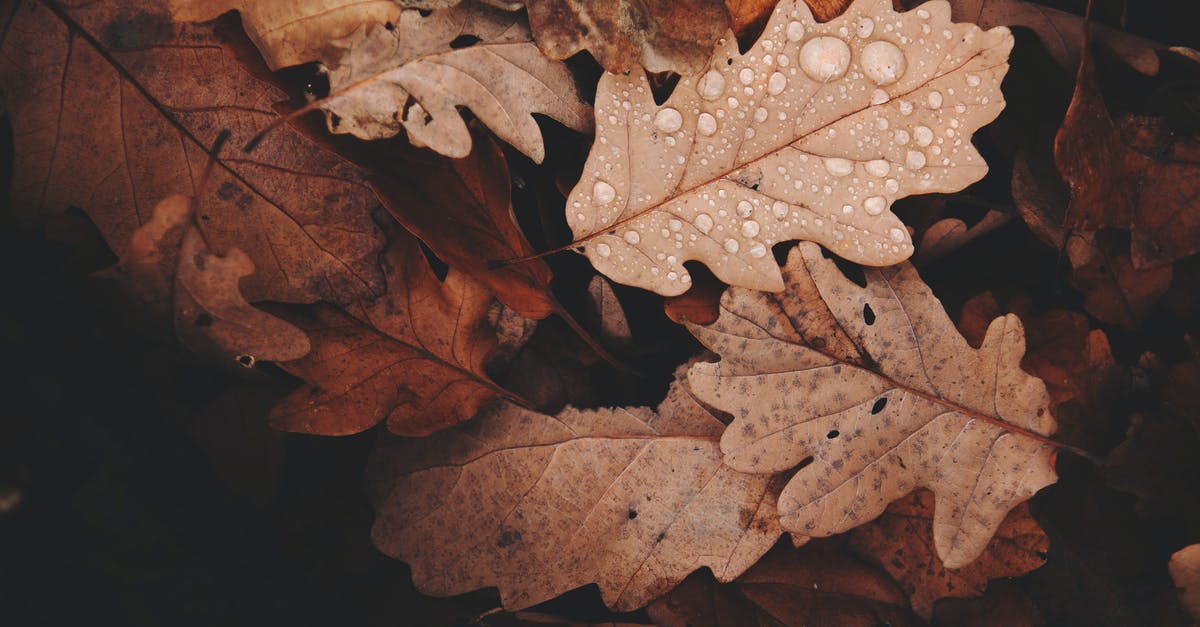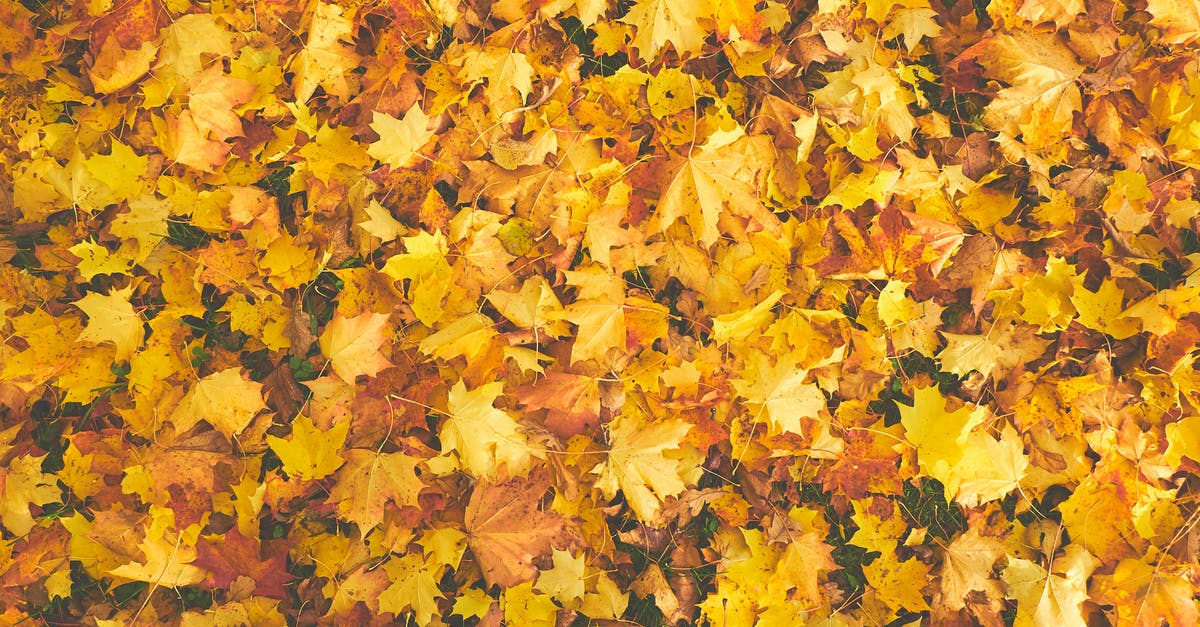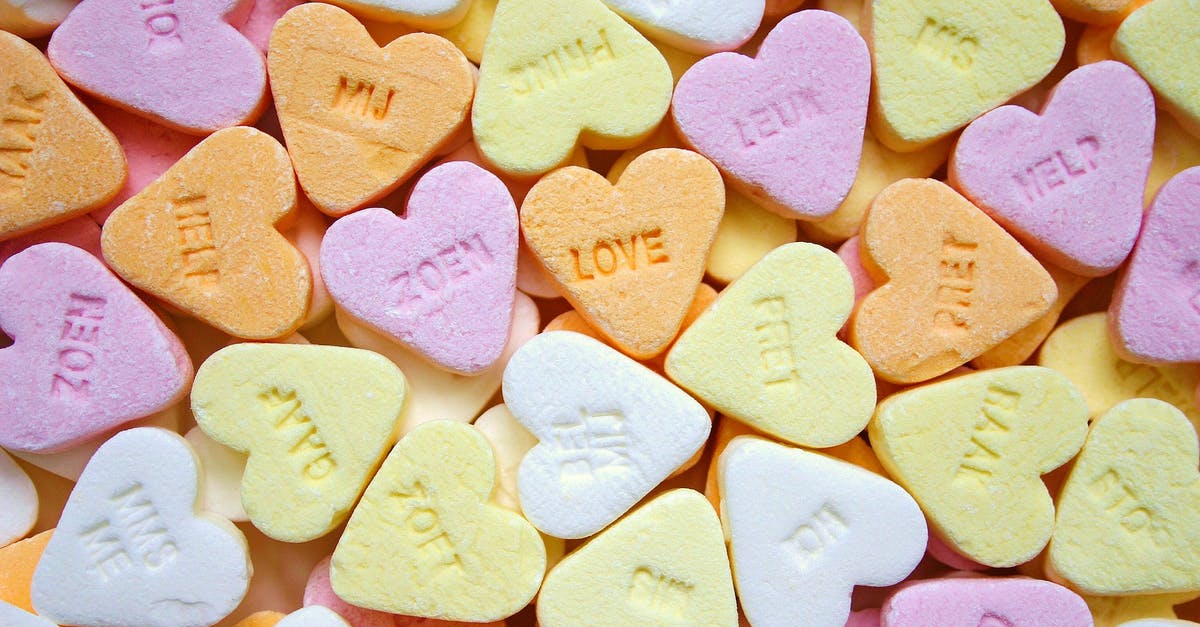secret of making maple candy (texture)?

I make small quantities (<10L) of my own maple syrup, and have always wanted to make maple candy, but the two times I tried, it did not work out very well. The ideal consistency of the end product is much like brown sugar, with a grain & squishiness to it, and what I came up with was more like a maple popsicle that seized up quickly.
Is there a secret to doing it right?
Best Answer
I just looked it up. Maple syrup is almost pure sucrose-water syrup. (I know that the colour and flavour are very distinctive, but the molecules responsible for them are a very small percentage by weight). Which means that it behaves just like regular candy crystalization.
The bad news is that candy crystalization isn't easy. There are just too many factors which have an influence on the texture. The good news is that people have already created such recipes. Find such a recipe and follow it exactly to the letter! If it says "wooden spoon", don't use a metal spoon, etc. And don't even start without a thermometer, unless you have had years of experience to perfect your water test technique.
As I haven't ever made or seen this specific candy, I can't tell you which parameter values will give you the needed texture. But I can list the usual parameters which influence the final texture.
As for general understanding, what you have is a saturated sugar solution. When you heat it, water evaporates, making the solution more concentrated, but on the other hand, sugar is more solvable at higher temperatures, meaning that it doesn't get supersaturated when heated gently. When the concentrated syrup cools, it becomes supersaturated, because the concentration doesn't change, but the solvability does. If you give the sugar the smallest chance to form separate largish crystals during cooling, it will do it. For a consistent texture, you must watch following parameters extremely carefully.
the density of your sugar syrup. It is measured indirectly by measuring the boiling temperature of the syrup. The exact temperature at which you must stop boiling will be given in the recipe (don't forget to adjust for altitude, subtract 1°C for every 300 meters). If the recipe only tells you a syrup stage (something like "hardball"), use a chart. Allow leeway for carryover - when you remove a pan from the stove, it continues to heat its contents for a while, so remove two-three degrees early (or more, depending on the pot). You can immerse the pot immeidately in cold water if it has gotten too hot, but this isn't so good for the pot itself.
The speed of hardening. I have a vague memory that you can't use rapid cooling for a non-sandy candy texture, but don't remember it 100% correctly. Rely on your recipe, if it tells you to pour it on a marble slate, do it, or at least use a refrigerated thick metal pan or something similar which cools quickly.
Nucleation points. These are very hard to avoid, but if you need a sandy texture (what you seem to want), it is much easier. If you want to have no nucleation (for a smooth hard candy), you must do everything possible to have no sugar crystals and no impurities in your syrup and to not disturb the pot. This is the reason for most weird requirements in candy recipes, like washing and drying the termometer before each dip, or the abovementioned wooden spoon.
Stove temperature. It must be hotter than your goal temperature, but if too hot, the sugar will scorch on the bottom. Also, the evaporation rate is changed by temperature, which may contribute to supersaturation.
Chemical help. You may need to invert your sugar (use acid, cream of tartar is common - just follow the recipe) or add glucose and/or fructose. This prevents the creation of crystalization nuclei in your supersaturated syrup. You probably don't need that, because it is more important for the popsicle-style candies.
Breaking up crystals. For candies where multiple soft crystals are expected, you may need to manipulate the mass mechanically after the crystalization has started. Kneading and beating are common. They result in the breaking up and mixing the crystals, resulting in a soft mass (fondant, fudge) as opposed to big hard crystals (the ones daniel's method will create). The more you do that, the creamier your texture will get.
As you see, there are way too many variables to experiment with. You could do it, but you'll need lots of luck and patience to hit on the right combination. Pick a recipe, and follow it. If needed, adjust the result according to the guidelines I gave (e. g. kneading more for creaminess).
I just noticed, the site I linked for the chart has a page describing some maple syrup candy types, and lists the correct temperature and basic handling stages for them. Could be a good starting point. (Maple candy page)
Pictures about "secret of making maple candy (texture)?"



What texture is maple candy?
Prized for its crumbly-meets-creamy texture and deep maple flavor, maple candy is made when the sap is heated beyond the syrup stage to the crystalline stage, where it's then whipped and poured into decorative molds to harden.Why is my maple candy grainy?
Lower levels of invert sugar in the syrup tend to produce large crystals that give the sugar a grainy texture. Lower levels also can cause problems because the syrup is more likely to crystallize in the pan as it is cooling before stirring.What makes maple crystallized?
This is formed when highly supersaturated syrup (the boiling point is elevated 18\xb0 F. or more above the boiling point of water) is cooled rapidly to well below room temperature without stirring, as when making sugar on snow. The syrup becomes so viscous that it solidifies before crystals can form and grow.How do you harden maple syrup?
When the syrup reaches 235 degrees, remove it from the heat. Allow the maple syrup to cool for ten minutes. Set a timer so that you do not exceed this time. If you wait too long, the maples syrup may harden and need to be diluted with water and re-boiled.Maple Candy
More answers regarding secret of making maple candy (texture)?
Answer 2
Maple sugar is crystallized out of the sap. In order to cause crystallization, you need a supersaturated solution, and then a seed to start the crystallizing--there's a fairly common science experiment kids can do which involves making a supersaturated solution of sugar, putting a popsicle stick in it, and leaving it alone for a while until the sugar comes out of solution and grows large crystals.
The other way to do it involves, I think, freeze drying, similar to making Crumiel.
Sources: Stack Exchange - This article follows the attribution requirements of Stack Exchange and is licensed under CC BY-SA 3.0.
Images: Daniel Frank, Kadri Vosumae, Pixabay, Pixabay
